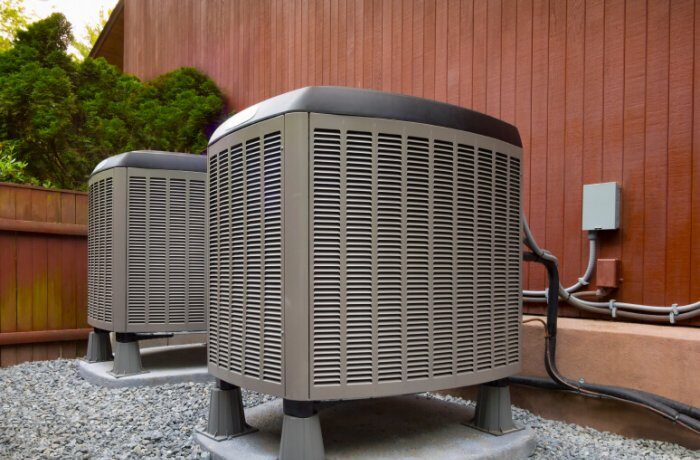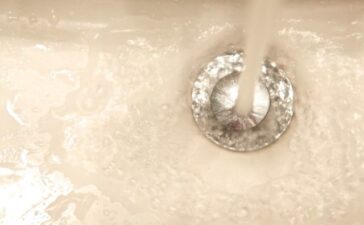An HVAC system is used to aid in moving air between outdoor and indoor areas, together with the heating and cooling of a home. The HVAC means Heating, Ventilation, and Air Conditioning. The system will keep your home warm and cozy during winter and also give you a cool and fresh atmosphere during the summer. The system also filters and cleans indoor air to maintain the right humidity levels. Since the HVAC system becomes one of your home’s most important systems, good planning and coordination are essential when you want to upgrade your home.
To have a better plan on this, it is important to know the elements involved in HVAC. In heating, the element is a furnace or a boiler. This may include a duct or a piping system to hold the fluid carrying the heat. Ventilation can be through natural ways or forced. In air conditioning, the elements are used in removing existing heat from your home. Having that in mind, it is clear that an upgrade to the system needs a good implementation plan to ensure fewer disruptions to the occupants of your house. For all the services and products you need for your upgrade, visit Eco Edge Systems, and get a better value for your money.
Things to consider when upgrading your HVAC
Before having that upgrade for your home, some things are important to consider. The idea is to have the most comfort in your home through the heating and cooling systems, and the following considerations should be kept in mind before embarking on the task.
Capacity- Having the wrong size of the system in your home turns out to be very expensive. A small system will struggle to maintain your home’s right temperature, which will reduce the occupants’ comfort. A larger system will frequently cycle on and off, which uses a lot of energy. This reduces the lifespan of the system through wear and tear.
Ductwork- proper ducting is the key to an advanced and efficient HVAC system. To maintain proper airflow in the ductwork, it needs to be clean and free from obstructions. When planning an upgrade, you need to decide whether to extend the ductwork or not. Overextending may reduce the efficiency of the system.
How to prepare for an HVAC upgrade
After getting the best contractor and installer for the system, the following tips will help you better prepare before the actual work is done. First, you need to estimate the cost. This can easily be done with your contractor’s help, and it will be determined by things like the size of your home and the climate of the area. Next, you need to decide whether to replace the entire system or do some repairs. Although it might cost you a lot of money, replacing the entire system is highly advisable as it saves you money in the future.
Before the installation starts, you are advised to move any valuable things to a safer location. Many contractors are not comfortable moving expensive items from the working area because of liability in an accident. You can also move any pets to a quieter location away from the work area.
After all the work is done, it is now time to test the new system. This involves the contractor doing tests on the vacuum and the pressure before the system is charged with a new refrigerant. After the new refrigerant, the system should be tested again to ensure all the components function properly. After that, the contractor should give you all the system’s operation information and the warranty information. They should also be able to answer any questions you may have about the new system.
Simple ways to upgrade your HVAC system
Upgrading the HVAC system can be very costly, and most people prefer not to go for an upgrade simply because of the cost. However, there are three simple ways that you can have an upgrade at a very affordable cost. If you work on these three elements of the system, you will have a total upgrade of your home system.
The first one is the heating and energy recovery ventilators. The indoor air quality is essential for your home and also for the health of your family. By closing all the windows and doors before running the air conditioner, you lower the indoor air quality, thus trapping the same air in your house. The trapped air then becomes stale, and this will lower the humidity of your home. By using heating and energy recovery ventilators, fresh air is allowed into your home while still maintaining the cool air and keeping your home’s humidity at the right levels.
The other way to upgrade the system is to work on the fan system for the whole house. Depending on your air conditioner, 24/7 comes a very high energy bill at the end of the month. To ease this burden, you can invest in a whole house fan system, which will ensure uniform comfort in your house, unlike other systems. The system comprises of a huge and powerful fan, which is installed in the ceiling. It can also act as a substitute for an AC system if combined with another type of fan. The only challenge in installing the whole house fan is that they produce a lot of noise, but it is worth having since it will save you that dollar.
The last way to have an upgrade is through air sealing. The concept behind this is just like it sounds, as it is preventing the air from escaping from your home. If a lot of air is escaping, then it means there will be no cool air in your home. To maintain cool air, minimize the escaping air, and this, in return, will cut the cost of energy being used to cool your home. The best methods of sealing in the air may include weather-stripping, attic air sealing, and caulking. The idea is to eliminate air leakage from windows, ducts, electric outlets, flooring, doors, and any other area.
Conclusion
To sum it up, it is true to say that your home is the most important place you can have. It would help if you were comfortable and relaxed every time you are at home, and with the perfect HVAC system, you are covered. If your system is not up to standard, then having an upgrade is the most appropriate thing to do. This will keep your home at a very comfortable temperature throughout without raising the energy costs.






